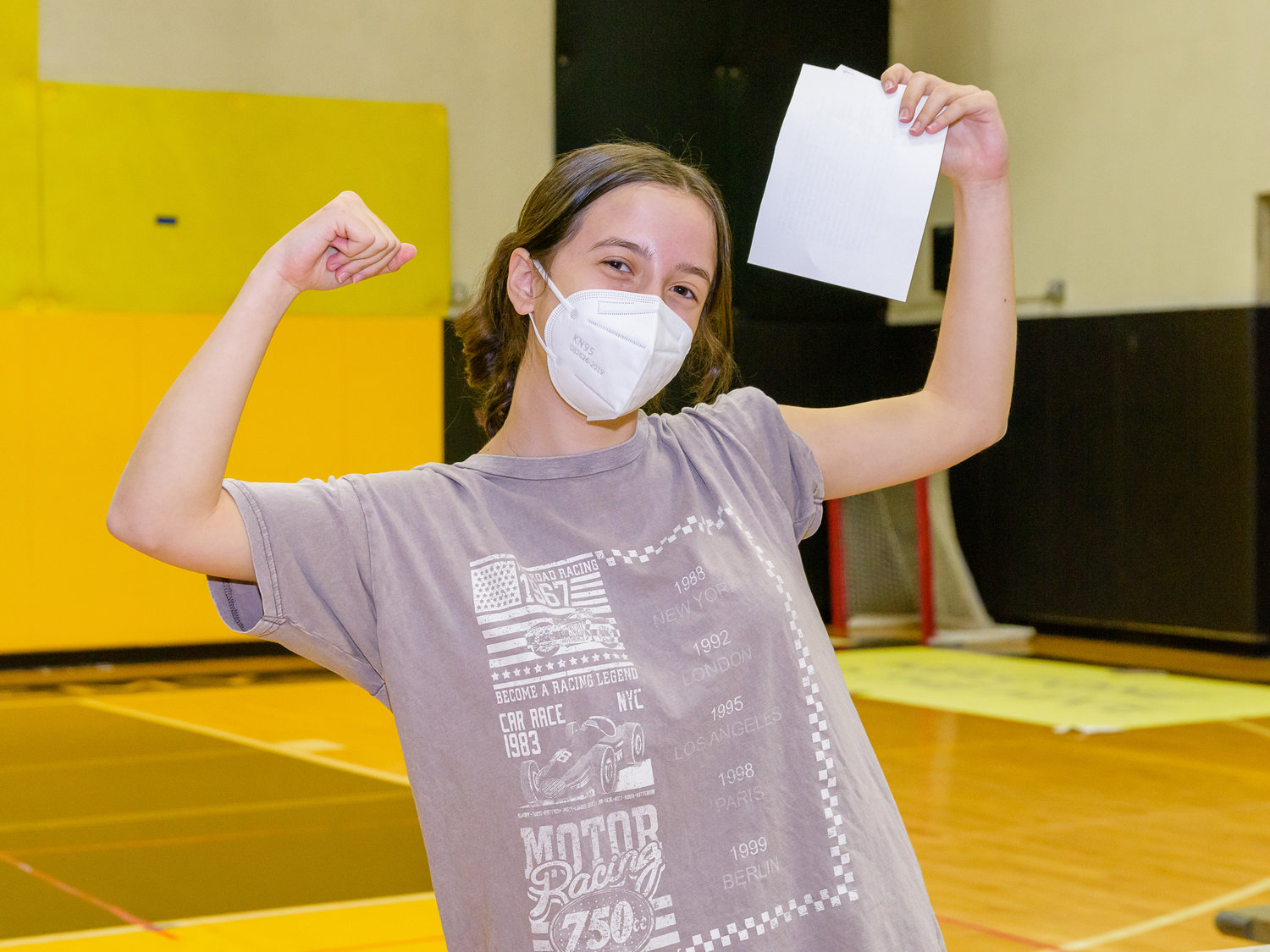A shot of hope for our younger children
People have had a rough go of it over the past year or so in the wake of the coronavirus pandemic. But kids might have had the roughest time of all.
Proms, graduations and other end-of-year celebrations were canceled last summer. Then there were a few false starts to the academic year last fall, with most public school students still learning remotely.
But there’s now a shred of hope for the city’s youngest residents — especially those who have at least reached their 12th birthday.
The Food and Drug Administration lowered the age eligibility of the Pfizer coronavirus vaccine last week from 16 to 12. At the moment, it’s the only vaccine available to kids with shots from Moderna and Johnson & Johnson approved only for adults.
The moment the Centers for Disease Control and Prevention signed off on the FDA’s decision, SAR Academy was ready. The educational institution and its associated high school up the street were among the first campuses in New York — and the country — to close in March 2020 as society was introduced to SARS-CoV-2. Now, 14 months later, its lower school transformed into a pop-up vaccination site the very first day this new age group was eligible to get the shot.
The Pfizer news was obviously no surprise. In fact, many anticipated the FDA and CDC lowering the eligibility age for a month or so, giving SAR time to prepare. The school partnered with UJA Federation New York to ensure Pfizer doses were ready for the school the moment the federal government gave the green light.
“I think we’re all just processing what all of this means, feeling like something that started last March 3 (2020) … I don’t want to say it’s ending,” said Rabbi Binyamin Krauss, SAR Academy’s principal. “We still have a little bit of a ways to go. But we’re certainly turning the corner here, and it’s just really exciting.”
The CDC approved the Pfizer vaccine on a Wednesday afternoon, and SAR Academy started distributing its pop-up clinic registration form by dinnertime, Krauss said. And by 9 p.m., every single slot was filled.
The following day, more than 250 students from sixth to 10th grade received their first dose of the Pfizer vaccine — allowing many, like Sophie Gribetz, to finally release a sigh of relief.
“Just last year, we were dreaming about being able to hang out with our friends, let alone hug them,” the sixth-grader said. “I was welcomed into the gym with Hershey Kisses — caramel — and adorable vaccine pens. I am feeling great and can’t wait for my second dose. We are finally approaching the light at the end of the tunnel.”
Saskia Wiebke wanted to hang out with her friends and classmates more than anything. Getting her first dose of the coronavirus vaccine brings the seventh-grader just a bit closer to that day.
“At the beginning, I thought it would be completely crazy and I’d never be able to see my friends, and this would just be the way that life is now,” Wiebke said. Getting vaccinated “is totally worth it. It doesn’t hurt, and it’ll just bring us closer to our goal.”
Now that vaccine eligibility has expanded to a new age group, Dr. Margaret Aldrich believes there’s no time to lose in getting vaccinated.
“The only way that we really get beyond this pandemic is vaccination of everybody,” the Children’s Hospital at Montefiore pediatrician said. “In my professional perspective, I don’t see how we have what people think of as a sort of normalization of life until that happens.”
But, of course, there’s still some hesitation among parents when it comes to this new vaccine. Some might be worried about how quickly it was developed, for example. Or they might think it’s unnecessary to vaccinate children since the majority of those who died from COVID-19 complications were elderly or had underlying health conditions.
The coronavirus still poses a very real threat for children, Aldrich said, even if cases and fatalities are trending downward. More than 125 children between 12 and 17 have died from COVID-19 complications since January — more than all the children who died during the last major flu season.
There’s a lot we still don’t know about SARS-CoV-2, particularly when it comes to its long-term effects. And to Aldrich, it’s better to be safe than sorry — something she advises not only as a pediatrician, but as a mom herself.
“I can either give my child a vaccine which, for the most part, has been studied to some degree for, really, over 30 years … or I can take the risk that my child will get this infection,” Aldrich said. “And then I absolutely have no idea: How sick are they going to get?
“And if they don’t get that sick, are they going to have some medical complications from this infection in five, 10 years? And I’m going to say, ‘Why didn’t I vaccinate my child? I had that opportunity, and I didn’t take that opportunity.’”
Want to read this story in print? Click Here









